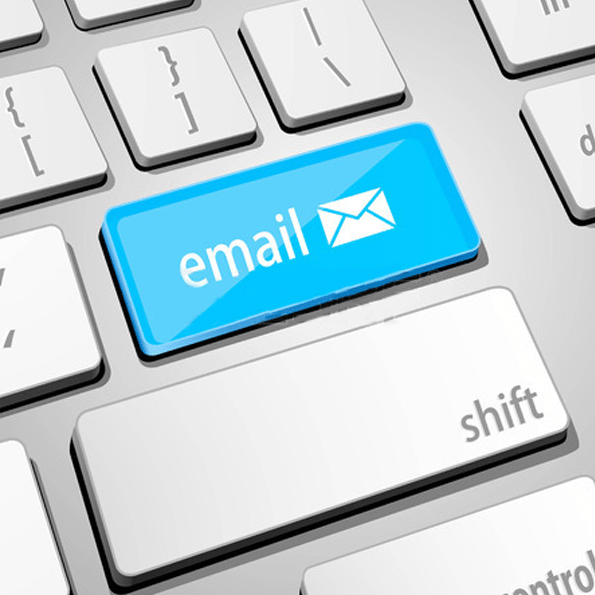 Reading Time: 3 minutes
Reading Time: 3 minutesEmail marketing is still one of the most effective marketing tactics used online. Mobile device users check email accounts once a day, and almost 34% of Americans check their emails on and off throughout the day.
When evaluating reach, sending an email to a personal inbox often yields better click-through and response rates than posting on social media or publishing content to a blog. However, email users today are tech savvy. They want to feel in control of the content they receive, and they can recognize spammy emails a mile away. Individuals who feel content does not meet their needs will quickly unsubscribe or block unwanted messages from their inboxes.
Personalized emails are far more effective than generic promotions, delivering as much as 6 times more effective transaction rates. But how do you keep your emails personalized and relevant to maintain audience engagement?
Here are some techniques to help you capitalize on a great email marketing return on investment:
- Don’t get too personal – While you should offer original, interesting content, putting someone’s name in the subject line sends the wrong signal. How often do your friends and family call you by name in a subject line? They probably don’t. Instead of personalizing the subject line, many marketers are opting for more authentic subject lines that offer insight into the email content.
Instead of saying, “Hey Sam, have you tried this?” give your subject line a personal touch with, “X Things we love in January.”
- Try the occasional forward or reply (next level communications) – A forward implies that you’re not the creator of a message, while a reply indicates that you may have communicated with someone before. While this tactic can be tricky, it does indicate a level of casualness that email readers trust. Try using a forward to send evites or for promotional messaging. However, if you abuse this tactic, it will become ineffective. Only use next level communication tactics for certain messages.
- Send marketing emails from a person, not your brand – When an email recipient browses through an inbox, he or she may not look at the subject line first, or at all. Instead, recipients want to identify the message sender. In general, people feel compelled to open emails sent directly from a person because it may contain urgent information. Company information, on the other hand, is often promotional and not a personalized correspondence.
- Speak to the individual – Not all customers have the same needs or expectations for a company. Segment campaigns based on the buyer personas you plan to target. Create several versions of a custom-developed email for certain demographics and test the efficacy before sending out a major campaign email. This tactic takes longer to develop but will secure more meaningful responses in the long run.
- Carefully oversee email marketing automation – Automation platforms can really help a marketing team create and send out a message; however, you can over-automate. Avoid scheduling emails for consumers too often, especially if you do not receive a reply. Check your automation platform regularly for messaging errors. You may accidentally spam a market segment without realizing it if too many processes are automated.
- Schedule lead nurturing emails through your email-marketing platform – With regular oversight, your automation tool can help you target individuals who are clearly interested in your content. Subscriptions, downloads, and other site interactions should trigger custom-designed emails that speak to a consumer’s immediate needs. For instance, an early lead email may include more information about why a consumer needs the product. A late-stage sales email might include pricing information and a personalized note from a sales representative.
- Tap into data to improve your correspondence – You have access to a wealth of information about consumers through website interactions, social media trends, and customer conversion pathways. Use intelligence from an analytics platform to craft a follow-up that anticipates the needs of a consumer before he or she ever talks to a sales representative.
- Diversify email content – Personalization extends to the type of content you choose to send. In addition to inquiry responses, informative newsletters, and promotions, consider creating a dialogue with consumers. Send a survey or a quiz. Don’t be afraid to ask a question. Instead of asking rhetorical questions, combine your question with a call to action.
For instance, you might use an interactive form to ask if a client is looking for a mobile or desktop tool. With that simple question and an easy, one-step click, you can further customize the content a recipient receives from your brand.
- Pay attention to location variables – Companies that operate globally may need to focus marketing efforts in certain regions or time zones. Classify email campaigns based on where your target market is living and working, and schedule automated emails to arrive at a relevant time.
Anything you can do to make an email feel friendly, engaging, and interesting can act as a form of personalization. Consumers do not necessarily need to feel singled out, but they do want to know your company cares about sending relevant, timely, and helpful information. Try out these tips to make 2016 your best year for email marketing.




